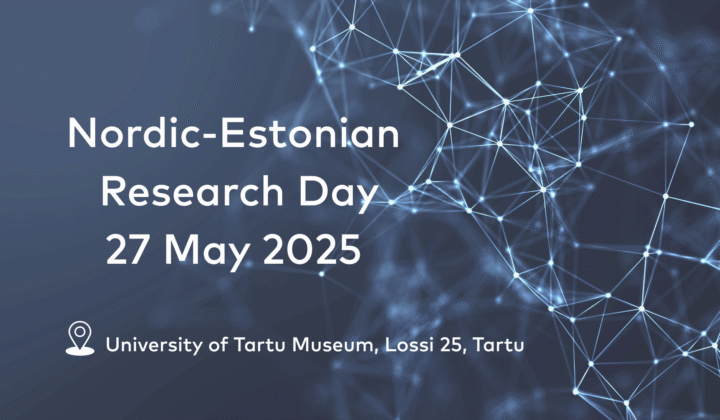Unused bioenergy opportunities could place Estonia on the world map
| Bioenergy could become the Estonian Nokia, says Rurik Holmberg, PhD, who is studying energy systems at Sweden’s Linköping University. It was in the midst of the recession of 1991 that the world’s first GSM call was made in Helsinki. The rest is history… Today Estonia finds itself deep in crisis. Could second-generation bioenergy become an Estonian success story rivalling that fateful call made in Finland 18 years ago? Bioenergy is the industry of the future. The whole world is caught up in intensive research and development to boost the efficiency of existing technology and find new solutions, because it is this very technology which in all likelihood holds the key to independence from fossil fuels and saving the climate and environment. |
| Estonia has set itself the goal of raising the proportion of renewable energy in its total energy consumption to 25% by 2020. Prime Minister Andrus Ansip and his Latvian colleague Valdis Dombrovskis confirmed only last week, at a conference on clean and green energy in the Baltic States organised by the US embassy, that renewable energy is a priority, including developing the bioenergy field. Bioenergy is comparatively widespread in the Baltic States, particularly in the production of energy for heating. There is also a large amount of biomass in the region and therefore the chance to expand production further. Biomass is any material obtained from agricultural production (both plant and animal matter) or the timber industry which, when burnt, produces energy. Around 16% of the heating energy used in Estonia comes from biomass. However, biomass is not used at all in the production of electricity – oil shale accounts for 90%, and the remainder is natural gas. The Nordic countries are at the forefront of use of renewable energy – 63% of the electricity used in the region comes from renewable sources. In Estonia there are currently only three large power and heating plants which use biomass (and peat, which cannot be considered a renewable resource). As such, there is plenty of potential in the country for the construction of small and medium-sized power and heating plants, but the technology remains undeveloped. There is also around 400,000 hectares of land in Estonia which is neither agricultural nor forestry land and which is not protected. Some of this land could be used for the production of bioenergy. Estonia therefore has the preconditions it needs to contribute to international research and development of technology in second-generation biofuels and power produced alongside heating. And yet despite the favourable conditions, high-level bioenergy research and development has never taken off in the Baltic States. There have been a few successful projects, but they do not form part of a wider plan of action designed to develop internationally competitive technology rather than simply produce energy from biomass. One of the opportunities for success facing the Baltic States is stepping beyond the production of heating energy from biomass to actively take part in international research and the development of new technology. This would be a major step from the manufacturing of quite simple solutions to the provision of highly skilled products and services – and rising to become a leader in innovation. None of the Baltic States individually has the ability at present to create high-tech solutions in the field worthy of much attention. As a result, cooperation at both the domestic and international levels is of key importance. The conditions in the Nordic countries are similar to those in the Baltic States, although a significant amount of research and development is being undertaken there to which Estonia, Latvia and Lithuania could contribute. This is very much the case in terms of developing second-generation biofuels from local sources such as thatch and grass. Second-generation biofuels can be produced from agriculture or forestry: other land use is not required. Such a technique is not yet being used elsewhere in the world for commercial purposes, but intensive research is being carried out in order to achieve it – something Estonians could be part of and make the most of. The field with the second greatest international potential and profit-making ability for the Baltic States would be power produced alongside heat. The small Baltic States would form something of a natural home market for such technology, whilst excellent partnership opportunities would open up with the rest of the world. Success will rely on cooperation between politicians, scientists and entrepreneurs in order to achieve the same aim, and not only in Estonia, but also its near neighbours. Estonia has stood out for its openness towards new technological solutions since 1991. It seems logical then that the country should also be open to bioenergy technology. The Estonians need to ask themselves: could such technology be our very own Nokia?
The Nordic Council of Ministers’ Office in Estonia asked the Technopolis Group and Rurik Holmberg to look into hidden bioenergy potential in Estonia and the other Baltic States, as well as partnership opportunities with the Nordic countries. On Tuesday 20 October we will be presenting their study at a lunchtime seminar at the Theatre Café at the Solaris centre starting at 12.30 pm. Speaking at the event in addition to Holmberg will be NCM Secretary-General Halldór Ásgrímsson, who will be showcasing energy solutions in the Nordic countries. |


